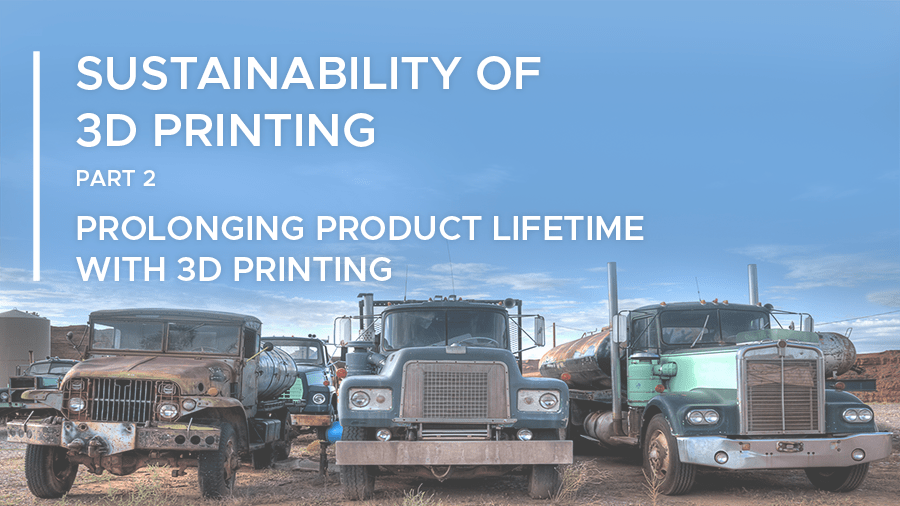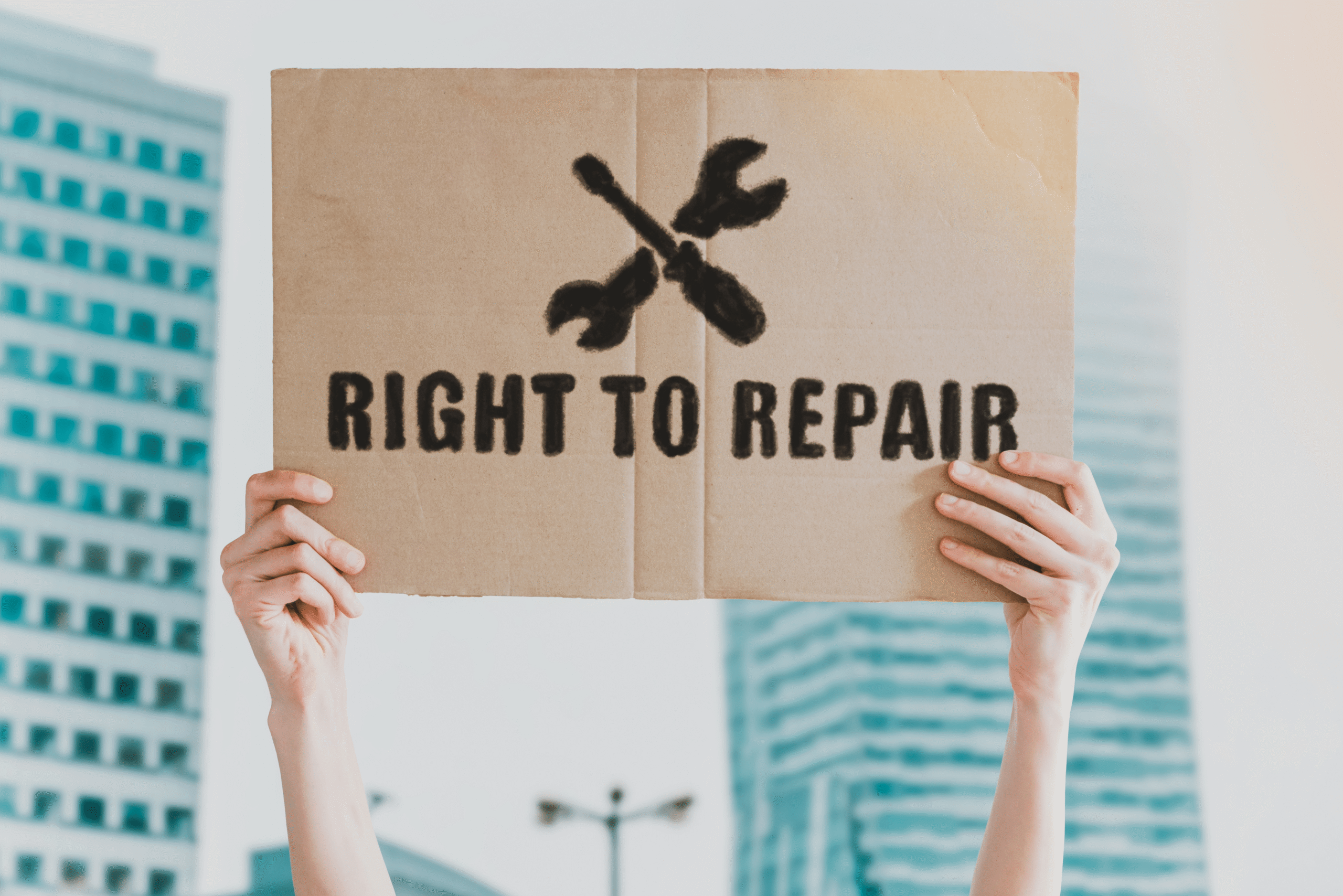Have you ever searched for a spare part and couldn’t find it? If yes, could you find another solution to repair the part, or did you have to discard the product in the end?
Unfortunately, products are still made for a limited lifetime and providing spare parts is often just not economically feasible for companies. In our first sustainability blog we have shown you how 3D printing influences production and supply chain. In this blog you can learn more about the sustainability of 3D printing in the usage phase and how the technology can prolong product lifecycles.
Challenges in spare part management lead to huge costs
Let’s take the example of one of our customers, Siena Garden. Siena Garden offers a varied range of garden furniture that provides the right solution for every garden lover. With the growing need for more sustainability, Siena Garden was looking for a way to support their customers in their wish to repair and prolong the lifecycle of many of their garden furniture products. However, after serial production ends, it is often hard to procure specific spare parts once safety stocks are used. And the problem rises with an increasing number of products they offer. Huge inventory costs, high minimum order quantities by suppliers, and high production costs, if a mold has to be reproduced: Traditional production methods are just not cost-efficient anymore.
The need for sustainability is rising steadily
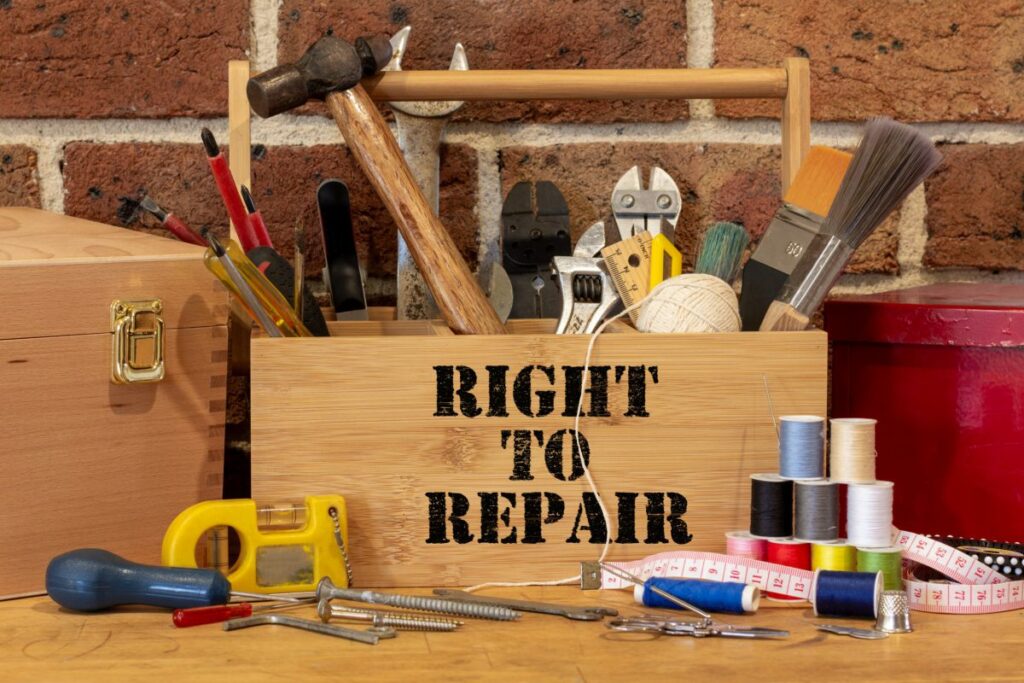
These problems make it clear why companies are often not into the spare part business. However, REPAIR as part of the circular economy, instead of REPLACE, starts to play a more significant role. This is also seen in recent movements such as the “right to repair” regulations by the EU. And customers even pay more for repairable and sustainable products as a study of LE Europe et al. (2018) states.
Rethink your products for REPAIR and prolong product lifecycles with 3D printing
So how can additive manufacturing help? Let’s come back to our example of Siena Garden and be more specific with an actual 3D printed spare part of them: The Fofana foot cap.
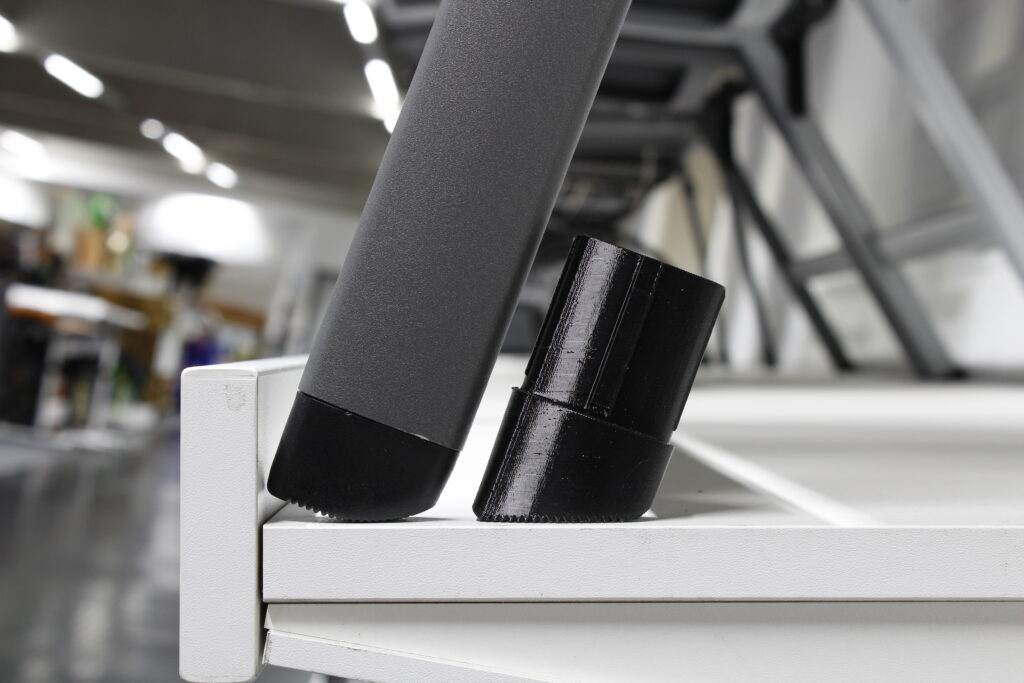
As of high costs, usually the company would stop providing those spare parts in the end of the product lifecycle. This would have significant influence on the customer satisfaction and also on the sustainability of the product. The customer would have to either live with a chair without footcaps or replace the whole chair(s). This would lead to huge investments and contradict their sustainability approach.
With a digital inventory and additive manufacturing however, this changes. Parts can be produced on-demand and any time. This is due to the agility of the production method. One printer can print any part (suitable for the specific technology) without huge ramp-up efforts. Even in 100 years the spare part would be ready to print, as it is always available on a digital inventory.
“Eternal” spare parts in the making
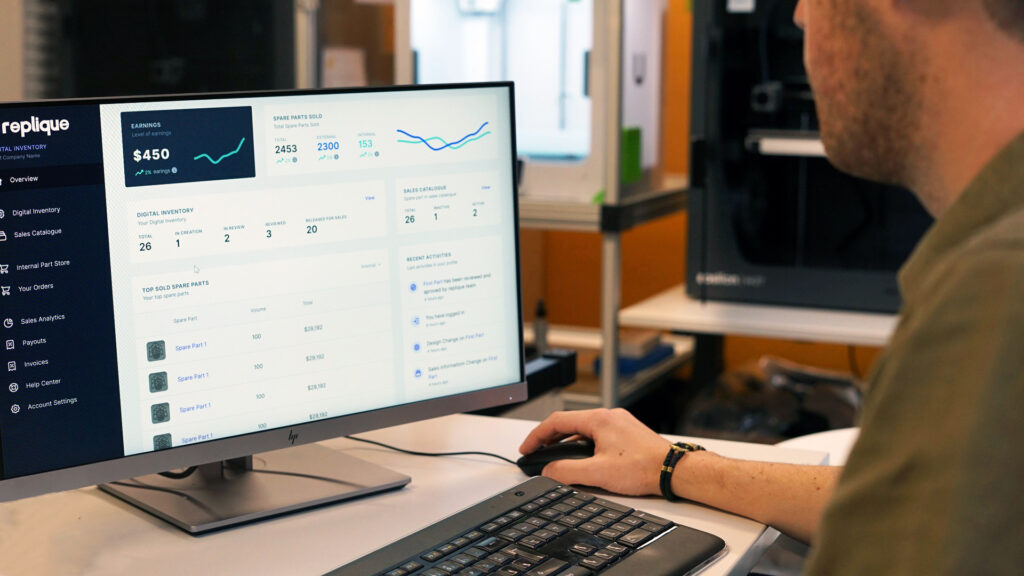
How does this work in practice? First it starts with a qualification. After redesigning the part, finding the right materials and technology, as well as printing parameters, the foot cap design is ready to upload on our digital inventory. This means for Siena Garden, that they can offer the foot cap as an “eternal spare part” forever to their customers.
We also connect the online shop of Siena Garden to the digital inventory. Once one of Siena Garden’s customers orders a spare part online, the order is automatically triggered on our side. A partner within our decentral additive manufacturing network fulfills the order in a last step and sends the part directly to the end customer. This way we can guarantee a simple and lean process.
Due to higher production costs of 3D printing compared to injection molding, of course the price for a foot cap will rise (roughly by 3 times). However, it is still a significantly smaller investment for the end customer compared to buying a new chair. And most importantly, it helps to decrease waste and CO2 during the whole lifetime of the chair, as they can be repaired.
The sustainability benefits of additive manufacturing
To end this blog, we want to summarize the benefits of additive manufacturing for sustainable products during the use phase.
- Additive manufacturing has great potential to expand and improve the range of spare parts, as it can cost-efficiently produce small quantities. This follows the REPAIR principle of the circular economy.
- Customized products and adapted spare parts to special customer requirements are possible.
- If spare parts are designed for 3D printing, this can make lighter, stronger, and therefore more sustainable components. Within the transportation sector, it can e. g. lead to significantly lower fuel consumption due to less weight.
- The service time can be extended to an unlimited lifetime, meaning the product can be repaired and used for longer. This prolongs the product lifecycle and reduces the carbon footprint of the whole product. Extending service time and product sustainability can further have a positive impact on customer satisfaction and profitability.

